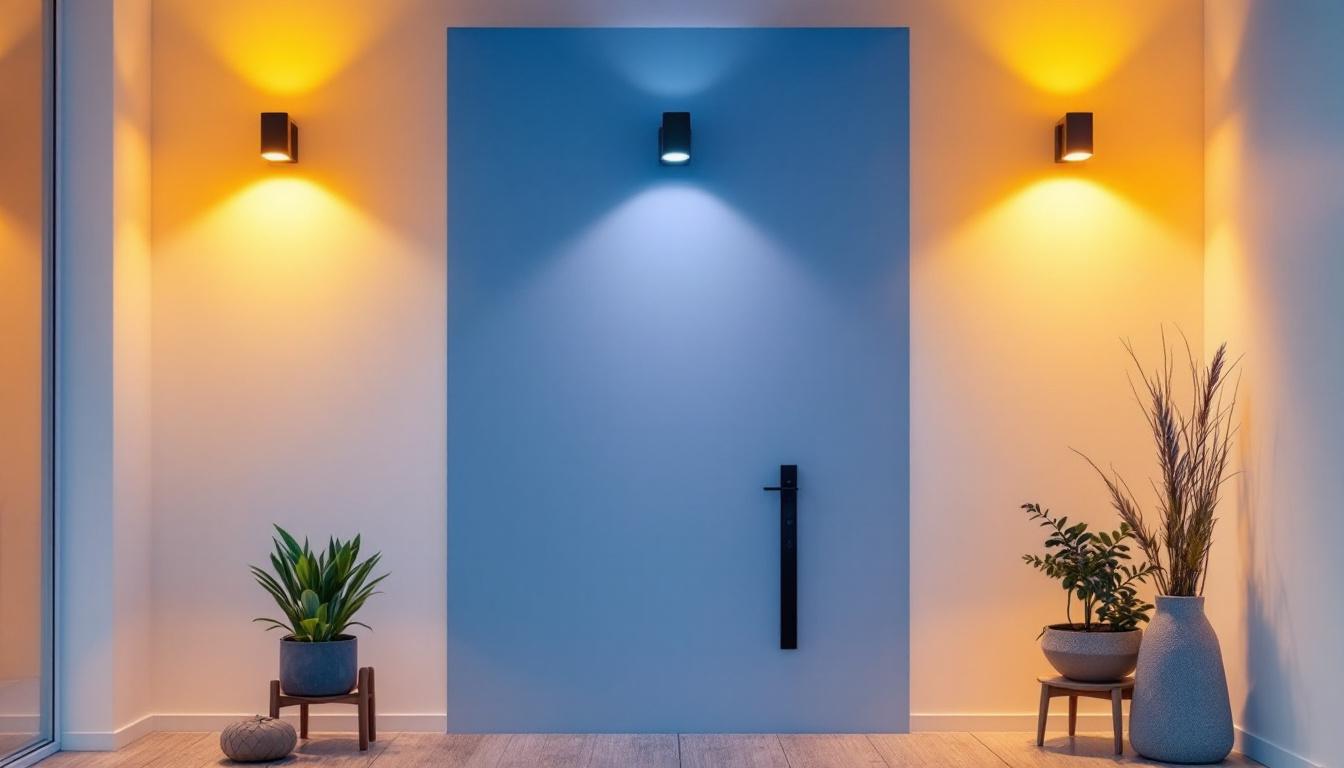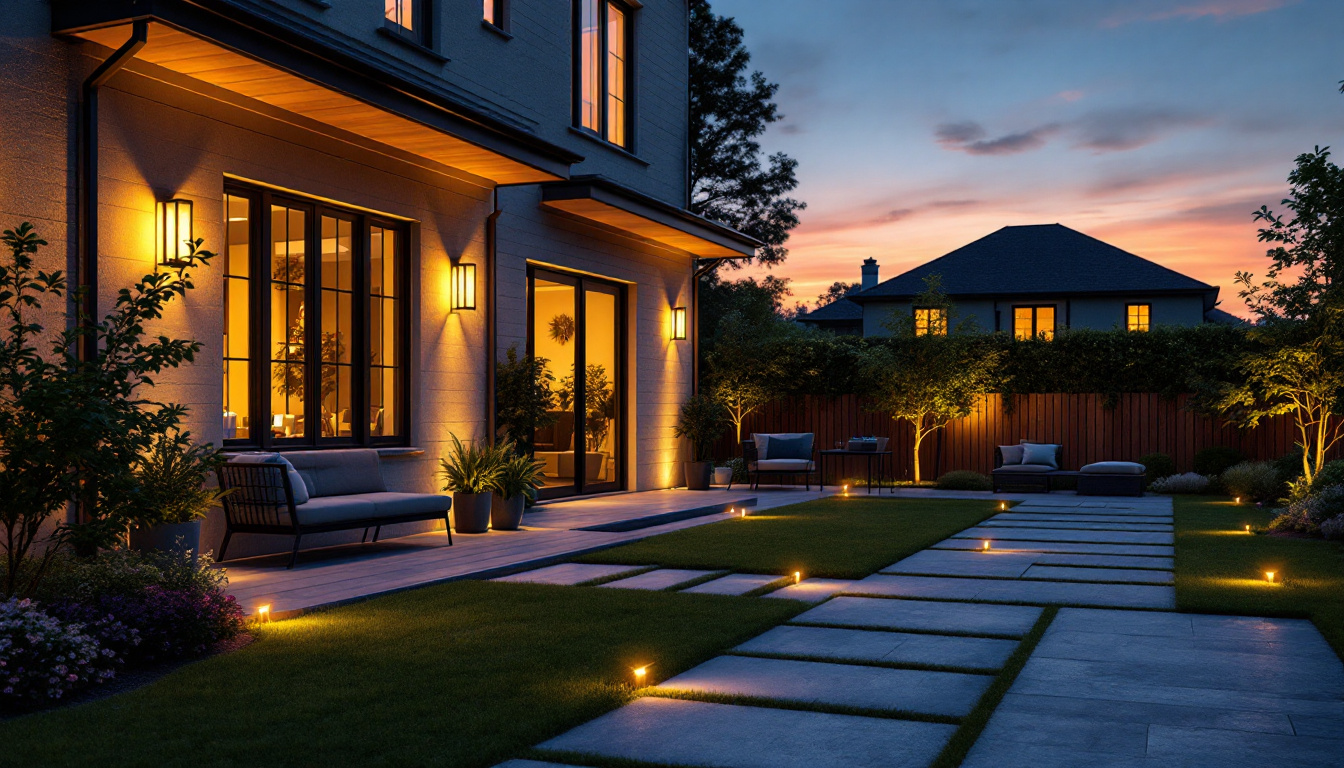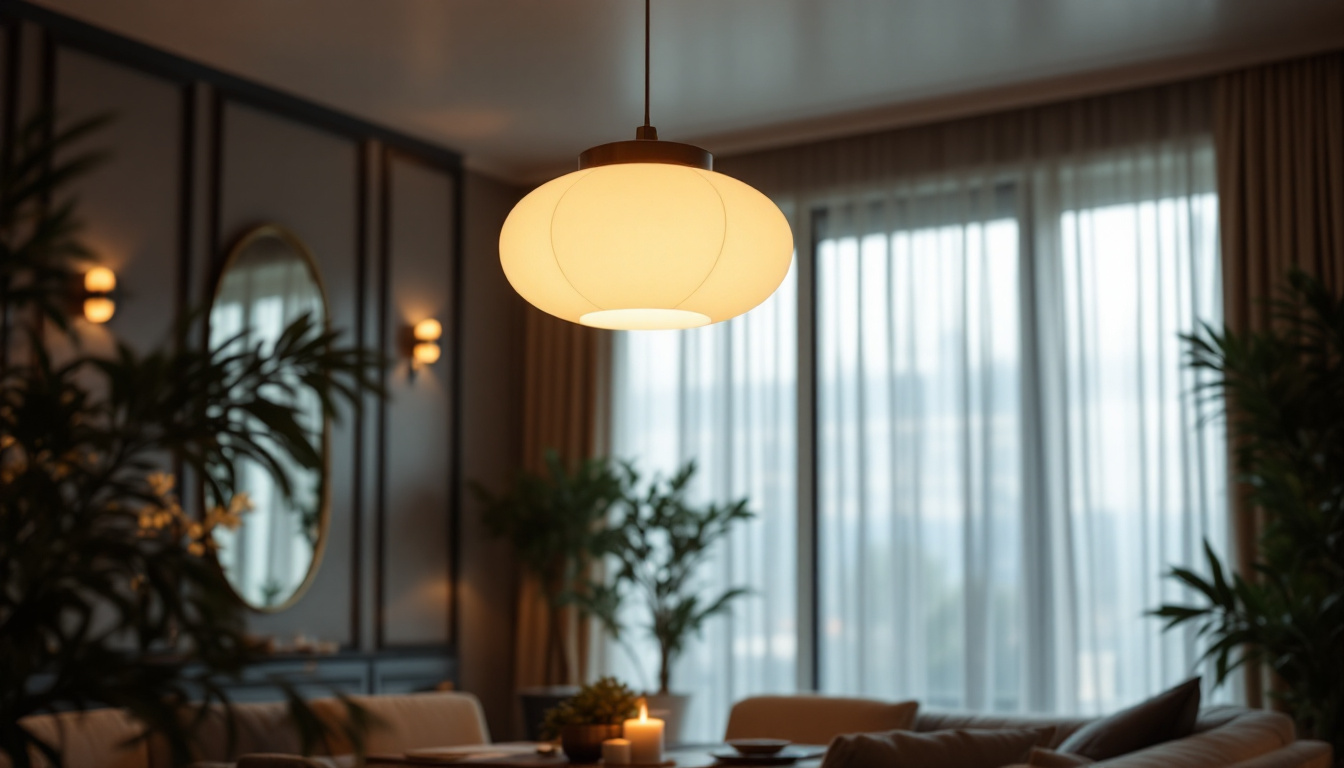
As the demand for sustainable energy solutions continues to rise, solar lighting has emerged as a viable option for both outdoor and indoor applications. While many contractors are familiar with solar lights for gardens and pathways, the potential for solar lighting inside homes is often overlooked. This article explores how solar lights can reduce costs for lighting contractors while providing innovative solutions for their clients.
By integrating solar technology into indoor lighting designs, contractors can offer unique advantages that not only enhance the aesthetic appeal of a space but also contribute to long-term savings. Understanding the benefits and applications of solar lights inside homes can help contractors stay competitive in an evolving market.
One of the most compelling aspects of solar lighting is its ability to harness renewable energy, making it an eco-friendly choice for homeowners. Solar lights can be installed in various locations throughout the home, such as in hallways, kitchens, and living rooms, where natural light is limited. By utilizing solar panels that charge during the day, these lights can provide illumination at night without relying on traditional electricity sources. This not only reduces energy bills but also minimizes the carbon footprint of a household, aligning with the growing trend towards sustainability.
Moreover, advancements in solar technology have led to the development of aesthetically pleasing designs that can seamlessly blend with modern interior decor. From sleek solar-powered pendant lights to stylish wall sconces, contractors can offer a range of options that cater to diverse tastes and preferences. Additionally, many solar lighting solutions now include smart technology features, allowing homeowners to control their lighting remotely through mobile applications. This integration of convenience and sustainability positions solar lighting as an attractive choice for tech-savvy consumers looking to enhance their living spaces while being environmentally conscious.
Solar lights operate by converting sunlight into electricity, which is then stored in batteries for later use. This technology has advanced significantly, allowing for more efficient energy capture and storage, making it feasible for indoor applications.
A typical solar lighting system consists of several key components: solar panels, batteries, LED bulbs, and a controller. The solar panels capture sunlight during the day, converting it into electrical energy. This energy is stored in batteries, which power the LED lights during the night or in low-light conditions.
Modern solar lights often include smart controllers that optimize energy use, ensuring that lights operate efficiently and only when needed. This technology not only enhances performance but also extends the lifespan of the components.
One of the most significant advantages of solar lights is their ability to reduce energy costs. By utilizing renewable energy, homeowners can minimize their reliance on traditional electricity sources, leading to lower utility bills. For lighting contractors, this translates into a compelling selling point when discussing projects with clients.
Additionally, solar lights are often easier to install than traditional wired systems. With no need for extensive electrical work, contractors can save on labor costs and time, making solar lights an attractive option for both residential and commercial projects.
Implementing solar lighting solutions can lead to substantial cost savings for contractors. These savings stem from various factors, including reduced installation expenses, lower maintenance costs, and the potential for increased project profitability.
One of the most immediate benefits of using solar lights is the reduction in installation costs. Traditional lighting systems often require extensive wiring and electrical work, which can be labor-intensive and time-consuming. In contrast, solar lights can be installed with minimal effort, reducing the overall labor costs associated with a project.
Furthermore, the absence of wiring means that contractors can avoid potential complications related to electrical codes and inspections. This streamlined installation process allows contractors to complete projects more quickly, increasing their capacity to take on additional work.
Solar lighting systems typically require less maintenance than traditional lighting solutions. With fewer moving parts and no reliance on external power sources, these systems are less prone to failures. This reliability translates into lower maintenance costs for contractors, who can allocate their resources more efficiently.
Moreover, many solar lights come equipped with long-lasting LED bulbs that have a significantly extended lifespan compared to traditional incandescent or fluorescent lights. This longevity means fewer replacements and repairs, further enhancing cost efficiency.
By offering solar lighting solutions, contractors can tap into a growing market of environmentally conscious consumers. Homeowners are increasingly looking for sustainable options that not only reduce their carbon footprint but also save money in the long run.
Contractors who position themselves as experts in solar lighting can differentiate their services from competitors. This expertise can justify premium pricing, leading to increased profit margins on projects. Additionally, the positive environmental impact of solar lights can enhance a contractor’s reputation, attracting more clients who prioritize sustainability.
Solar lights can be effectively utilized in various indoor settings, providing versatility and functionality. Understanding the different applications can help contractors present tailored solutions to their clients.
In living rooms and family areas, solar lights can create a warm and inviting atmosphere. By strategically placing solar-powered lamps or fixtures, contractors can enhance the aesthetic appeal of these spaces while providing energy-efficient lighting options.
Floor lamps and table lamps with built-in solar technology can serve as both functional and decorative elements. With the ability to charge during the day, these lights can provide illumination in the evening without relying on grid power.
In kitchens and dining areas, solar lights can be integrated into pendant lights, under-cabinet lighting, or even as part of decorative fixtures. This integration not only enhances the ambiance but also promotes energy savings.
Contractors can recommend solar lighting solutions that complement the kitchen’s design while providing effective task lighting. By showcasing the benefits of solar lights, contractors can help homeowners create a more sustainable and cost-effective kitchen environment.
With the rise of remote work, many homeowners are creating dedicated office spaces within their homes. Solar lights can play a crucial role in these environments, providing adequate lighting for productivity while minimizing energy costs.
Task lighting solutions, such as desk lamps and wall-mounted fixtures, can be powered by solar energy, allowing homeowners to work efficiently without the burden of high electricity bills. Contractors can offer customized solar lighting options that cater to the unique needs of home office setups.
While the benefits of solar lights for indoor use are clear, there are challenges and considerations that lighting contractors should keep in mind. Addressing these challenges can help ensure successful project implementation.
One of the primary challenges associated with solar lighting is the initial investment. Although prices for solar technology have decreased over time, the upfront costs can still be higher than traditional lighting options. Contractors must conduct thorough cost analyses to demonstrate the long-term savings that solar lights can provide.
By presenting a clear return on investment (ROI) to clients, contractors can help alleviate concerns regarding initial costs. Highlighting the reduced energy bills and lower maintenance expenses can make a compelling case for the adoption of solar lighting solutions.
Another critical consideration is the site assessment. Solar lights require adequate sunlight exposure to function effectively. Contractors must evaluate the specific location of the installation to ensure that the solar panels will receive sufficient sunlight throughout the day.
In some cases, homeowners may need to make adjustments to their indoor layouts or consider supplemental lighting options to ensure optimal performance. Contractors should be prepared to provide recommendations based on their assessments to maximize the effectiveness of solar lighting systems.
The future of solar lighting is promising, with ongoing advancements in technology and design. As the industry evolves, contractors should stay informed about emerging trends that could impact their services and offerings.
Smart technology is becoming increasingly integrated into solar lighting systems. Features such as remote control, motion sensors, and automated dimming can enhance the functionality and efficiency of solar lights. These advancements allow homeowners to customize their lighting experiences while conserving energy.
Contractors who embrace smart solar technology can offer cutting-edge solutions that appeal to tech-savvy clients. This integration not only enhances the user experience but also positions contractors as leaders in the solar lighting market.
As solar lighting technology continues to advance, innovative design options are emerging. Manufacturers are developing aesthetically pleasing solar fixtures that blend seamlessly with various interior styles. From sleek modern designs to rustic charm, solar lights can now cater to diverse homeowner preferences.
Contractors should keep an eye on design trends to ensure they can offer clients a range of stylish options. By showcasing the versatility of solar lights, contractors can attract a broader clientele and enhance their project portfolios.
Solar lights for indoor use present a unique opportunity for lighting contractors to reduce costs, enhance project efficiency, and meet the growing demand for sustainable solutions. By understanding the technology, applications, and benefits of solar lighting, contractors can position themselves as forward-thinking professionals in an evolving market.
As homeowners increasingly seek energy-efficient options, contractors who embrace solar lighting can differentiate themselves from competitors while providing valuable services. By staying informed about trends and addressing potential challenges, contractors can successfully integrate solar lights into their projects, ultimately leading to satisfied clients and increased profitability.
Ready to harness the power of solar lighting for your next indoor project and lead the charge in sustainable innovation? LumenWholesale is your go-to source for premium solar lighting solutions that promise to elevate your services and delight your clients. With our commitment to quality, affordability, and convenience, you can access an extensive selection of spec-grade lighting products at wholesale prices that defy the market. Say goodbye to middleman markups and hello to hassle-free bulk buying with free shipping. Make the smart choice for your business and your clients by visiting Wholesale Lighting at the Best Value today, and take the first step towards a brighter, more sustainable future.

Explore the ultimate guide to dusk to dawn flood lights with insights from top lighting contractors.

Discover the perfect blend of style and functionality with round suspended lamps.

Discover why fluorescent tube tombstones are essential for lighting contractors.

Discover expert strategies and proven techniques for lighting contractors to effectively utilize fluorescent bulbs.